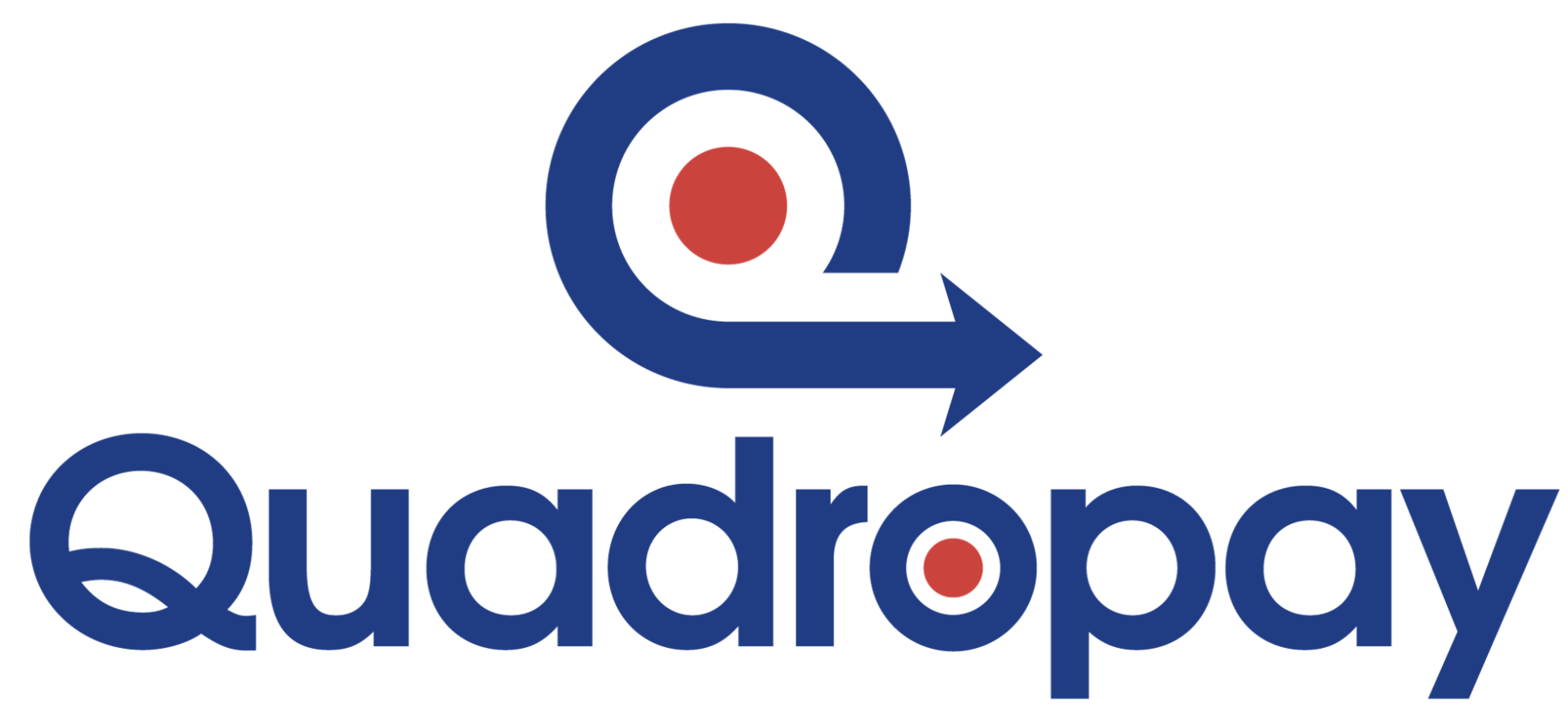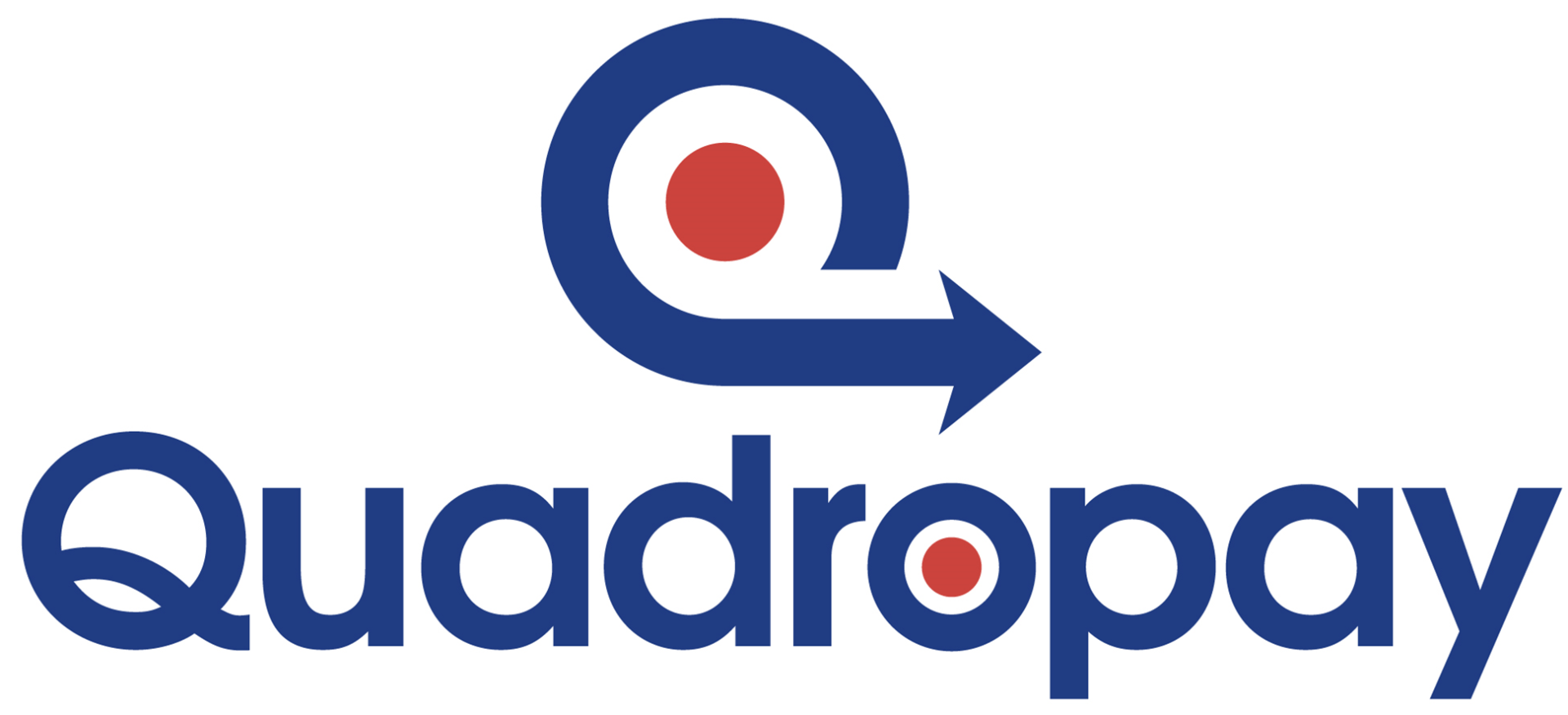Case Study: Interchange
Interchange
Client A had been running an E-commerce business for circa 6 months and had built some steady volumes simply buying and selling their product. The business had grown from 25k in the first month up to £350k by month 6. The business model and marketing strategy had been simple, effective and executed upon by the young dynamic ‘tech savvy’ owners. The business had entered new markets outside of the EU and the transactional volumes grown but the profit at transactional level had fallen away. Basically, the owners could not understand why the profits were not in line with the trading.
The issue came to light in the quarterly review we conduct with all of our clients, supplying key management information to our clients on all payment related data including any escalated service issues and strategy direction. The solution to the lack of profitability lay not in the fact that the business wasn’t scalable but in the ‘interchange’. Interchange and scheme fees dictate the cost of each transaction and have many variables, not limited to the type of card used be it debit, credit, business etc where the transaction was executed, where the business is incorporated, the amount and currency of the transaction all contribute to the costs. Essentially the schemes, in this case VisaMastercard’s pricing schedule is extremely complex and if not understood can have a major impact on a businesses profitability.
In the case of Client A Quadropay conducted a full ‘drains up’ on the cost of each transaction and although the schemes capped interchange for ‘inter’ transactions there is a fixed fee in any such transaction. Client A as mentioned had entered into markets outside of their Domestic and European market into the international sphere and been charged an ‘inter’ fee accordingly. The cost of these ‘inter’ transactions may be more than 5 times more expensive than a transaction executed domestically. The analysis on the transactional volumes supplied by our acquirer evidenced that any transaction under £25 in the case of Client A, was being executed at a loss.
Working closely with Client A the analysis directly related to payments changed their business model with the implementation of a minimum fee for purchases and a change in direction of their marketing strategy by focussing more resource on the EU marketplace. This will be extremely prevalent with the upcoming rise in transactional fees by Mastercard for businesses dealing in the UK from the EU and vice versa

